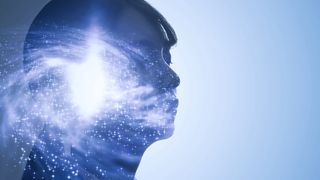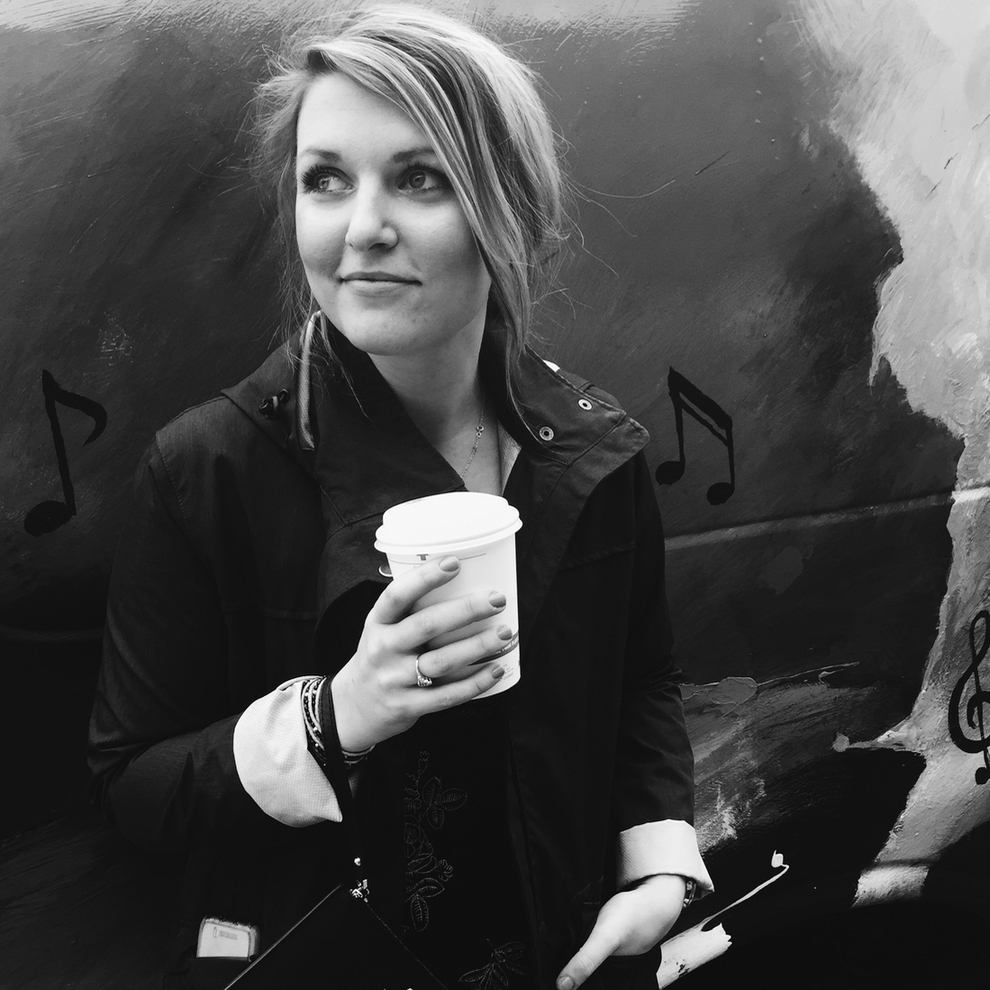
What are the most common elements in the human body?
Our bodies are largely made of these four elements.

There are 118 elements on the periodic table, and you might think we are made up of many of them. But that's not the case; the complex systems that make up our bodies have a surprisingly simple elemental makeup.
"Of 118 elements, the last thing I read was that 97% of our body's weight is just four elements," Steven Townsend, an organic chemist at Vanderbilt University, told Live Science. Those four elements are oxygen, carbon, hydrogen and nitrogen. So what, exactly, do these elements do?
Oxygen definitively holds first place, making up 65% to 67% of the human body by weight, Townsend said. That's because our bodies are mostly water — around 50% to 60% — so most of the oxygen is the "O" in H2O. Oxygen is also critical for energy production and metabolism, or the chemical processes that occur within the body, according to a 2016 review in the journal Nature Reviews Cancer.
Next up is carbon, which makes up around 18% to 19% of the body by weight, Townsend said, which isn't surprising considering carbon is a major component of most life on Earth. Carbon makes up the backbone of fats, carbohydrates and proteins, so this element is a major building block of the body and the foods we use to fuel it.
Related: How many organs are in the human body?
Coming in at No. 3 is hydrogen. There are more hydrogen atoms in the human body than any other element, but it makes up just 9% to 10% of our bodies by mass. Hydrogen is the other element in H2O, and there are two hydrogen atoms for every oxygen atom. Plus, hydrogen is a key component of proteins, carbohydrates and fats. But even though hydrogen holds the majority in number of atoms, it's significantly out-massed: Oxygen and carbon have atomic weights that are nearly 16 and 12 times that of hydrogen, respectively. In other words, it takes 16 hydrogen atoms to match the mass of one oxygen atom, so that's why hydrogen makes up only one-tenth of our mass.
Number four, at around 3%, is the most plentiful gas in Earth's atmosphere: nitrogen, according to Townsend. Nitrogen is critical to proteins and their building blocks, called amino acids. Nitrogen is also a major component of DNA and RNA, including of their nitrogenous bases. Both have cytosine, adenine and guanine; DNA has thymine, and RNA sports uracil. In other words, without nitrogen, the cells in your body couldn't store genetic information or replicate. A bonus element, the fifth most common in the human body, is calcium, which makes up 1% to 2% of humans by mass. More than 99% of that calcium is found in the bones and teeth, according to the National Institutes of Health.
Sign up for the Live Science daily newsletter now
Get the world’s most fascinating discoveries delivered straight to your inbox.
However, elements other than these top five matter, too Townsend said. Take sodium, for instance. It makes up only 0.2% of the body, but "it's a super important mineral — it helps balance the fluids in the body," he said. If sodium is out of balance, people can have significant health problems, such as high blood pressure or loss of kidney function.
"[The human body is] intricate, but I think it's also amazing in its simplicity," Townsend said. "The complex interconnected systems that keep us alive — they all depend on a handful of elements. If you think about how complex the human body is, that's sort of magical."
Originally published on Live Science.

Donavyn Coffey is a Kentucky-based health and environment journalist reporting on healthcare, food systems and anything you can CRISPR. Her work has appeared in Scientific American, Wired UK, Popular Science and Youth Today, among others. Donavyn was a Fulbright Fellow to Denmark where she studied molecular nutrition and food policy. She holds a bachelor's degree in biotechnology from the University of Kentucky and master's degrees in food technology from Aarhus University and journalism from New York University.
